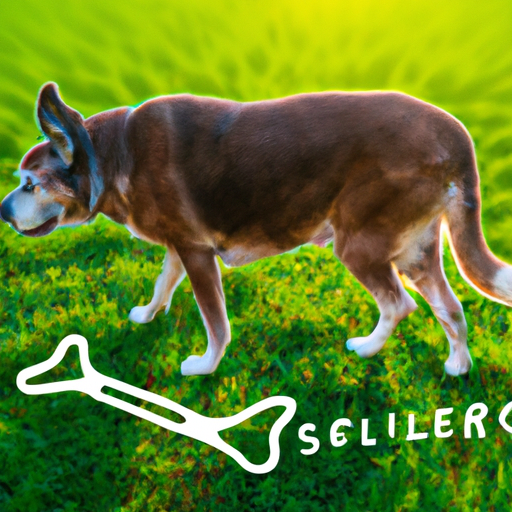Degenerative myelopathy, often referred to as DM, is a progressively debilitating disease that affects the spinal cord of dogs. It’s a heartbreaking diagnosis for any caregiver, but understanding the disease can help you manage it and provide the best care for your furry friend. Let’s dive into the details.
What Causes Degenerative Myelopathy?
Degenerative myelopathy is caused by a specific gene mutation (SOD1) that leads to the degeneration of the white matter in the spinal cord. This degeneration causes a loss of communication between the brain and the hind limbs.
The exact trigger for this degenerative process is still under investigation, but it’s thought to involve:
- Oxidative stress: The SOD1 gene mutation may disrupt the way cells handle potentially harmful molecules called reactive oxygen species.
- Abnormal protein accumulation: The mutation may cause the SOD1 protein to fold into an abnormal shape, causing it to accumulate and damage nerve cells.
Symptoms and Progression
The symptoms of DM start subtly, often mistaken for signs of old age. Initially, your dog might:
- Drag their feet
- Stumble
- Struggle to rise from a sitting position
- Show weakness in the hind legs
As the disease progresses, symptoms worsen and may include:
- Wobbling when walking
- Falling more frequently
- Difficulty climbing stairs
- Loss of muscle mass in the hind legs
In the terminal stages, the dog may become incontinent and eventually, the forelimbs also become affected.
Diagnosis and Testing
DM is diagnosed primarily through the process of eliminating other diseases that can cause similar symptoms. This can include:
- Radiographs (X-rays)
- Myelography
- Magnetic resonance imaging (MRI)
- Spinal fluid analysis
Genetic testing for the SOD1 mutation can be performed to identify dogs at risk. However, this test can’t determine whether or when an at-risk dog will actually develop the disease.
| Diagnostic Test | Purpose |
|---|---|
| Radiographs | To rule out bone-related issues |
| Myelography | To visualize spinal cord |
| MRI | To get detailed images of spinal cord |
| Spinal fluid analysis | To rule out infections |
Management and Care
Unfortunately, there’s no cure for DM. But with your loving care and attention, you can make your dog’s life comfortable. The main goals are:
- Maintain mobility for as long as possible
- Prevent complications like pressure sores or urinary tract infections
- Provide a good quality of life
Physical therapy can help maintain muscle mass and coordination. Assistive devices like harnesses or wheelchairs can help your dog stay mobile and active.
A healthy diet and supplements like Vitamin E, Vitamin B, and Omega-3 fatty acids may also be beneficial, but always consult with your vet before starting any new supplement regimen.
FAQ
What breeds are more susceptible to DM?
Breeds commonly affected include German Shepherds, Boxers, Pembroke Welsh Corgis, and Chesapeake Bay Retrievers.
How long can a dog live with DM?
The progression of DM is typically over 6 months to 2 years. However, each dog’s experience varies greatly.
Can DM be prevented?
Since DM is genetic, it cannot be prevented. However, genetic testing can help identify at-risk dogs.
Is DM painful?
No, DM is not painful. However, secondary complications, like pressure sores, can cause discomfort.
Can DM be cured?
There’s no cure for DM as of now. However, symptoms can be managed to improve the quality of life.



